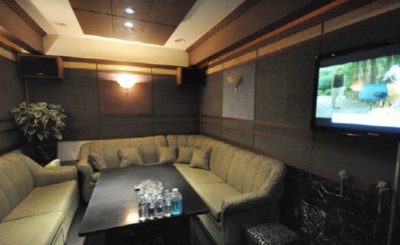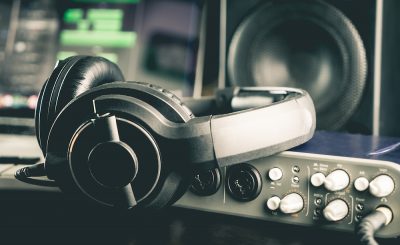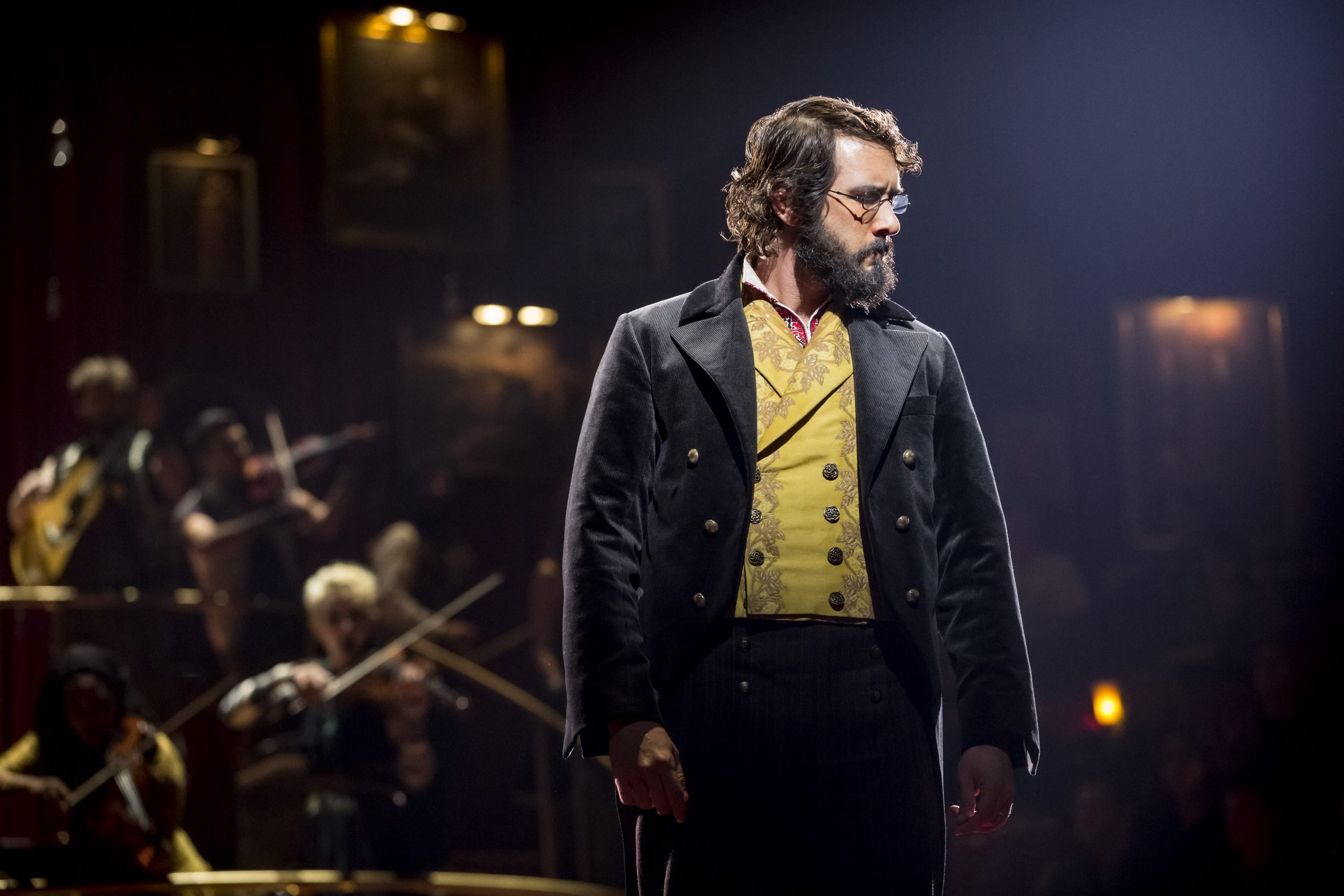To use an over-used phrase, I was forced to think outside the box with one of my young students this fall. He has now had a year and a half of lessons but can barely read any notes. Being strongly focused on literacy myself, I tried everything I knew to get him reading notes. I knew he was having reading issues at school as well, but I still wanted to see some small measure of progress in this area.
Finally, I suggested to his mother that he might need glasses, as was the case with another student of mine this fall, and her reply sent me in a completely different direction. She is afraid he might be dyslexic – which would explain to me some of the “mistakes” he’s been making regularly. She still wants him to continue piano lessons and for me to help him however I can. I came up with a plan to take the stress off the note-reading issue, while still giving him some solid skills and, more importantly at this stage, enjoyment and imagination. Here’s what I’ve been doing lately with him:
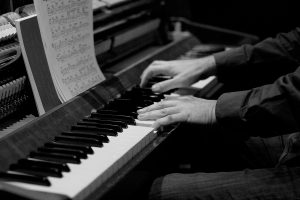
- Improvising –
This is not my area of expertise but, fortunately, Forrest Kinney has given us a fabulous set of books and information to release this spirit in those of us who are tied to the printed page, and to teach it to our students. At a Pattern Play workshop I attended last year, Kinney mentioned that with some students, he doesn’t even try to teach them to read in the first year. He lets them experience the sound, awakes the imagination, and teaches surprisingly much theory this way.
I had already done some duet improve with this student – it was always his favourite thing to do – but now I’m teaching him to go solo, as Kinney has laid it out in the Pattern Play books. I showed him a couple of things to stimulate his imagination like a bird’s call by trilling up high, and thunder by rumbling down low. His mother responded a few days after this by saying he had a new enthusiasm and couldn’t wait to get to the piano.
- Rhythm drills –
already an area where we had made progress last year – but I figure this is also teaching some reading without having to deal with the whole staff.
- Manipulatives –
in the form of the Pianotekneek Notebook. There’s a good reason why teachers of the first few grades in school use manipulatives. It’s easier to understand, and easier for the student to see immediate results. This product consists of many note-name and rhythm-name note-shaped magnets, as well as magnetic boards printed with a keyboard, grand staff, etc. to teach everything from steps and skips and note names, to the circle of 5ths, to complex rhythm, to triadic harmony. The website shows ideas for how it can be used, and it comes with instructions and suggestions for activities and games.
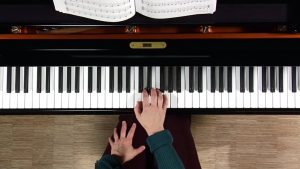
- Note-reading and playing real pieces –
I’m not abandoning this altogether. The Pianotekneek system is all colour-coded. Each letter name has its own colour. I had already made an Alphabet Drill that corresponds to the colours in Pianotekneek. This student, with his very good memory, had memorized the colour scheme before any other students. I’m circling as many notes with the appropriately-coloured pencil crayon as I need to.
I’m no expert on learning styles, but so far this plan seems to be working – both for my student and for me.



